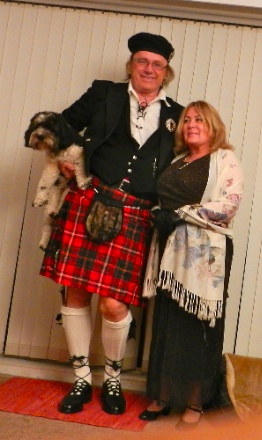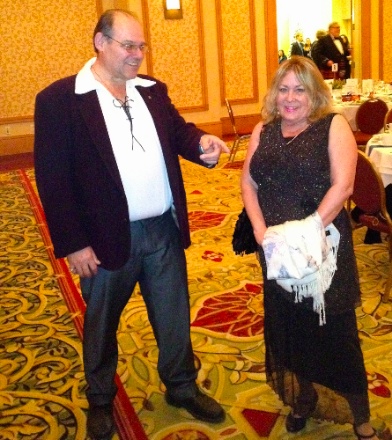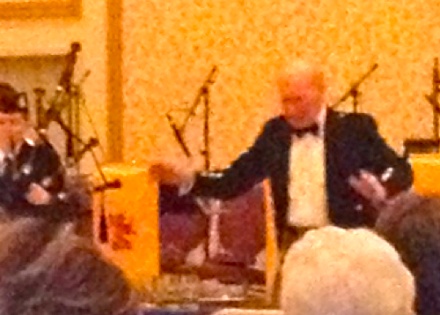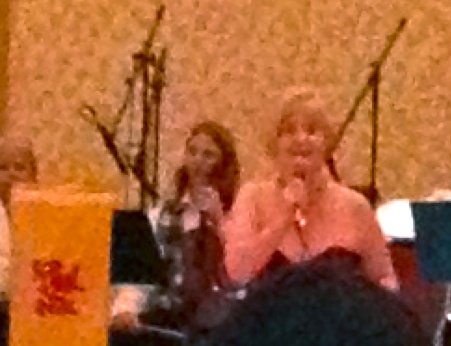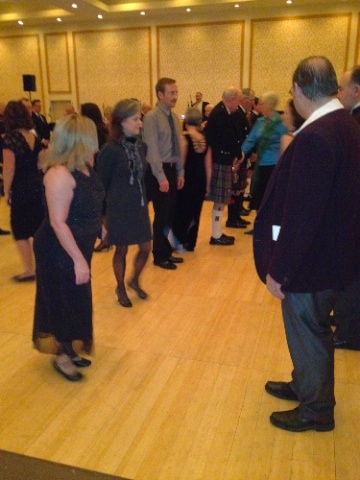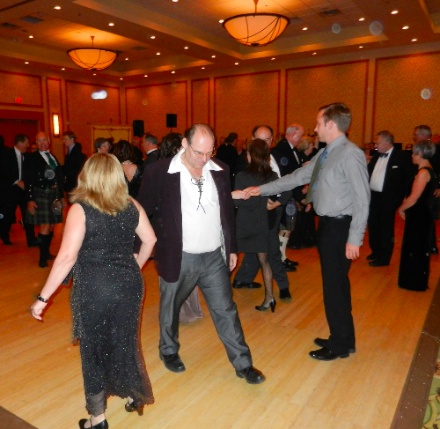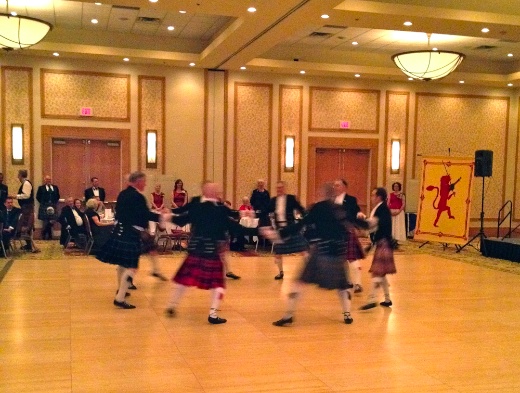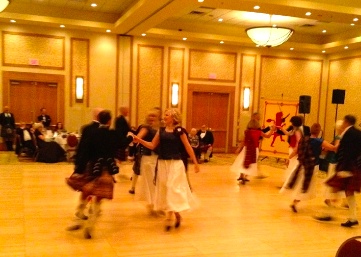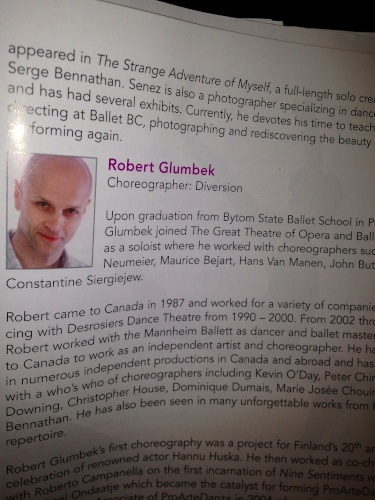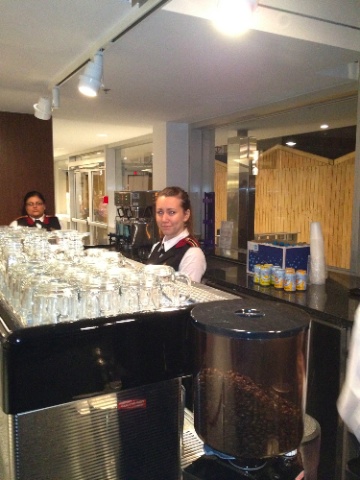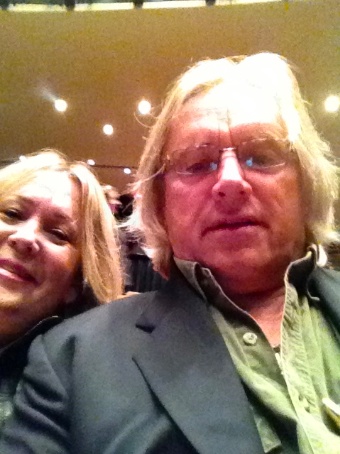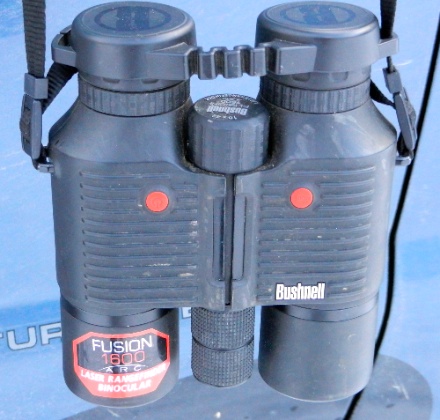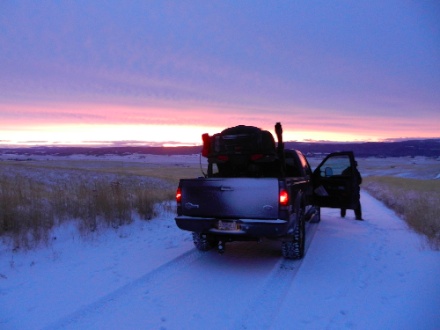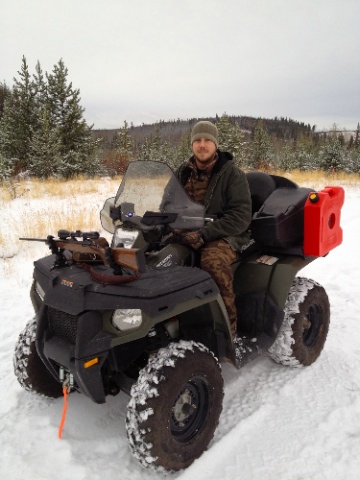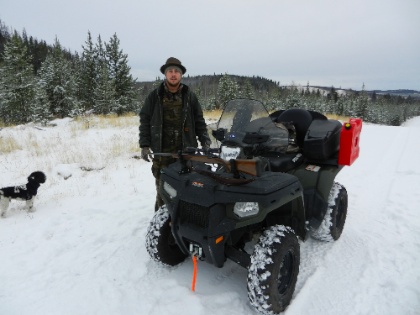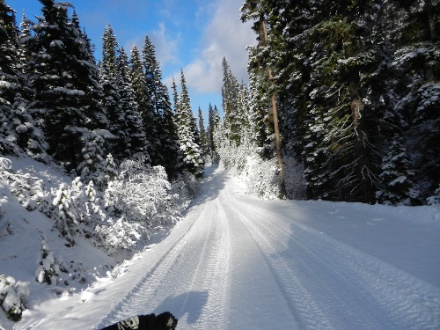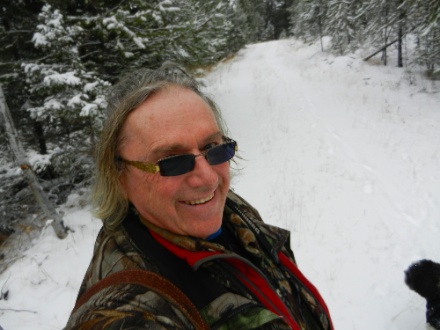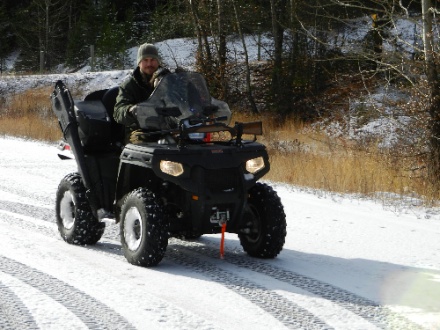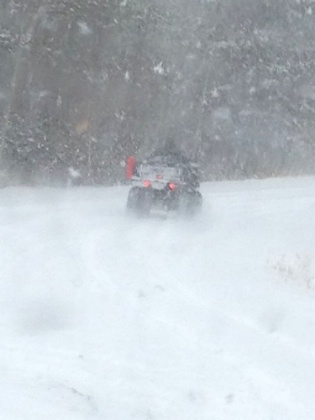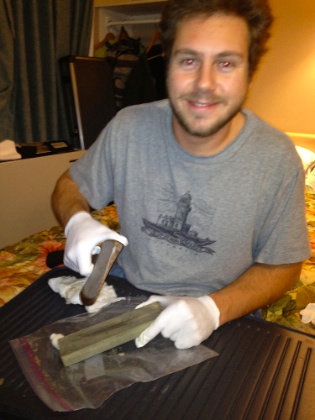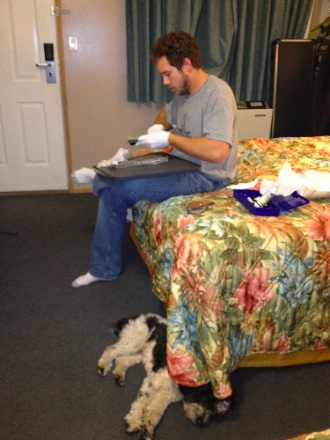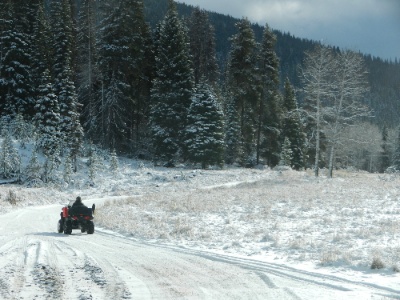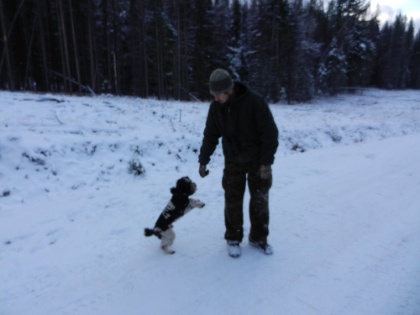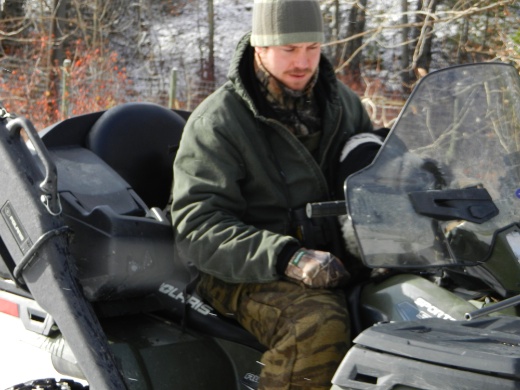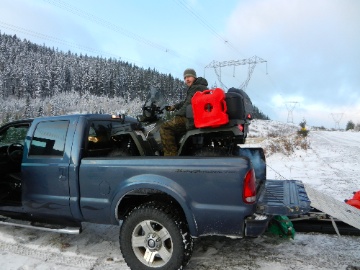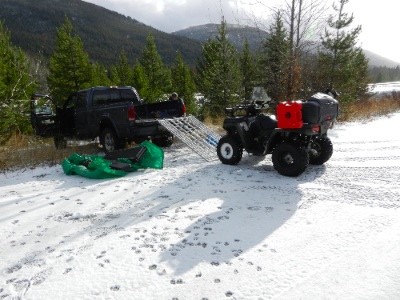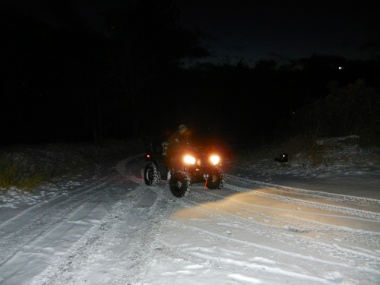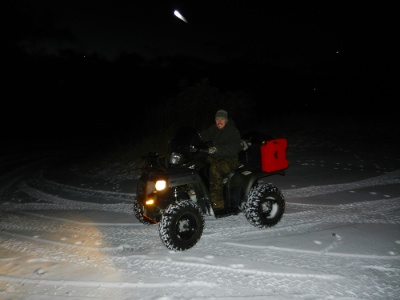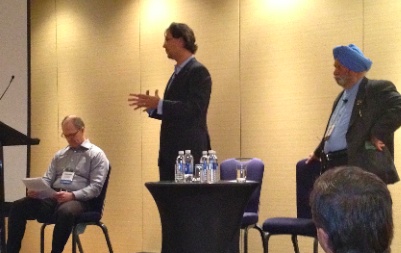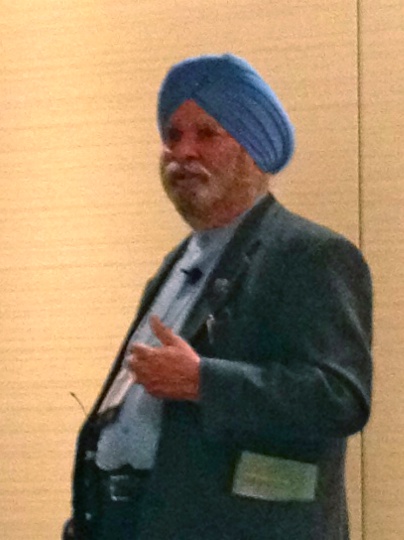Pscyhosomatic medicine doesn't mean "it's all in my head". It means rather that the 'head bone is connected to the toe bone'. Without your head you'd not experience any medical condition. The fact is that all medicine and surgery is 'psychosomatic'. By convention and the dualism of Greek philosophy and later Descartes people began to think of their 'body' as somehow disconnected from their mind. Modern "mind-body" medicine tries to overcome this limitation. My hand is truly separate and different from my arm but they share a common nervous system, circulation and lymphatic system. Indeed the more advanced the medicine the more recognition of the interconnectedness of the parts.
I started my career with a surgical internship. I wanted to be an orthopod, to tell the truth. I got waylaid by family practice in the country and northern medicine. It was in the thick of clinical work I saw the importance of depression, psychosis, drugs and alcohol, attitudes and beliefs to health. I decided to study psychiatry with the purpose of advancing my understanding of bodily illness in many ways. I learned a tremendous amount in psychiatry about disease in general and mental health in particular. At times though the psychiatrists themselves were all too much in their heads. Just as family practice was revolutionalizing to a greater awareness and understanding of community, family and the individual as those contriubted to physical health psychiatry was fleeing from embracing the whole realm of psychosomatic illness and instaed focusing on 'brain disease as if the brain was somehow floating disconnected from the body.
The Ericksonian Foundation based on the pioneer work of American psychiatrist , Dr. MIlton Erickson along with the Palo Alto School and other key centres of research was a place where I found a home a way from home. At the huge medical and psychological conferences of the Ericksonian Foundation in Phoenix I met others interested in the efrects of faith on healing, how exercise promoted health, nutrition and it's influence on mental health, and all manner of psychosomatic ideas far too advanced to be embraced by the increasingly rigid orthodoxy of psychiatry. I followed cardiologist Herbert Benson, and Internist Bernie Segal's work with rapt attention. Later I'd love the medical magazine, Psychosomatic Medicine.
I would too often attend a psychiatric confrence and hear more about treating the 'brain disease' without consideration of the human holding the brain and how their mind was altered by disease, their relationships and their community. Always I thought in 'systems' and interactions but I'd be frustrated by those around me who seemed to think that equations could only flow in one direction as if they had not studied biochemistry as I had. I found the ecologists and community medicine doctors and more and the addiction medicine docotors were thinking in the broadests sense while not missing the details.
It's not surprising that I've ended up in addiction and trauma psychiatry with an interest in consultation liason neuropsychiatry. Every organ in the body is affected by alcohol and drug abuse. Alcohol increases throat and bladder cancer, diabetes, heart disease, depression and community violence as well as poverty. Drug abuse such as crack causes micro infarcts, causes MRI changes in the frontal lobes, afffects immune systems, marijuania causes early psychosis which can persist as lifelong schizophrenia, as well as causing lung disease and asthma from the smoke inhallation. Heroin is as much a community problem as an individual problem. The opening of a methadone clinic in a community can reduce theft there by 25% or more saving the inhabitants of the community millions of dollars a year. Yet addiction is a mental illness as well as a physical illness and a matter of public and community health. I'm delighted to be among colleagues who while working for a 'brain' disease 'cure' don't seem to think in rigid isolation but rather see the issues in the microcosm and the macrocosm.
In consulataion liason and neuropsychiatry the wide ranging effects of head injury or crohn's disease, diabetes, cancer, or multiple sclerosis are not limited to the cellular damage or the initial injury. A head injury commonly becomes a life long disability no different than loss of a finger or limb while often concurrent mental illness affects how a person will recover from surgery.
Psychosomatics is medicine and it's surgery. The idea that the body exists in isolation is long gone. People with depression develop physical illness more readily just as the Rahe Holmes studies showed the significance of stress on body illness. Similarly people with bodily illness are more prone to develop mental illness. Patients with chronic pain from arthritis commonly develop depression. The use of prednisone, a life saving medication, is commonly associated with psychosis and mood disorder. People with infections commonly develop panic and anxiety.
All teaching hospitals have a consulting psychiatrist as part of the team of physical doctors who work in hospitals, medical and surgical, wards, because psychiatric issues arise so commonly among patients with physical illness. I was the consulting psychiatrist to a hospital and commonly called out every night on call to deal with delirium, dementia, grief and violence. I enjoyed one old codger who was going into DT's the night before his surgery and my psychiatric intervention was to make sure he had enough alcohol through the night to stop him from seizuring. The surgeon and anesthetist were very thankful to have a psychiatrist on board.
I'm a medical doctor first, psychiatrist second. I also had two years of residency in community medicine and public health so I not only see my patient's brain connected to his body but I also see my patient connected to his family and community. Increasingly in my work with addiction and with patients who have been in and out of jail I see that the 'system' is the old fashioned jailhouse punishment mentality that exists outside the shining light of the 'drug court'. Yet few of my patients are fortunate enough and rarely early enough to take advantage of that breakthrough in the all too often dinosaur thinking of the criminal system.
Just last week I met with a group from the courts who were shining lights but I could see that they had had years of the frustration I'd had working with the entrenched stupidity of people trying to fight today's wars with yesterday's ideas.
I was delighted to work with a judge in Saipan who saw so clearly the need for the New York solution for chronically violent mentally ill to be discharged to the community only on condition of being on long term injectable antipsychotics. Like the drug court which uses urine testing for drugs as a conditon of freedom these 'systems' are working now with psychiatrists who are trained as much in psychosomatics as community to achieve what is best for the patients and society. Often an ethicist and leaders of the patients failth community are brought together to ensure that an individual decision doesn't lead to an abuse of human rights in general.
At times I miss the idea that "Mr. Jones is the 'kidney' in hospital bed 3" or Mrs. Smith is the 'mental case' in hospital bed #4.: It's always easier to think like administrators and reduce people to nazi numbers but the fact is I like people as people with all their diemensions. Increasingly too it's the spiritual dimension that moves me. That said I'm thankful for enlightened administrators who with great humanity can actually move the ship of state away from the rocks in a storm.
People are not only connected to community but it's been said 'anxiety is a measure of your distance from God". I don't think of God as the Santa Clause tyrant on the cloud. I rather like Bishop Spong's debunking of the Christian God and the Jesus Convention work on the History of the Bible. God in a 'spiritual' sense is about all those imponderables. What do I believe is my 'purpose'. What are my thoughts about the meaning of life. It's not that there's an answer to these questions in general but how I answer them specifically is critical.
Just last week I met a depressed woman who said she thought the world was going to end so there was no reason for her to even think of marriage and children. Yet that's what she had wanted till she'd embraced that pseudoscience of nihilism. Her noncompliance with medical regimen, refusal to care for herself and refusal to take medications for her illness was tied to the central questions of her life. I think that's where the 'spiritual' lies. It's all those questions and sometimes arbitrary working answers that get us through the night. It's not that 'prayer' is right or wrong but it can work quite amazingly. just as confession, asking for help, meditating, doing yoga, chanting, singing hymns, going to a concert, dancing can all contribute to health. It's the wholistic that's God or the Good in life.
I once wrote I didn't want someone to give me a bag of whole grain riice when I needed admission to an intensive care unit but I knew then that eating whole grain rice, as just one example, could help me avoid admission to an ICU. The more we learn about chronic illness the more we learn that they are psychosomatic illness of lifestyle. It's time to embrace the idea that the head bone is connected to the toe bone just as the toe bone is connected to the headbone as we live in relationship with all around us.


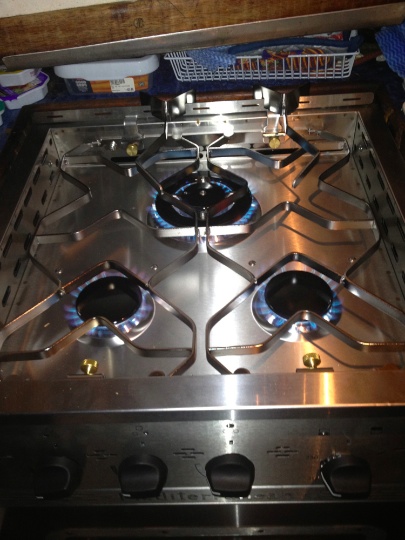


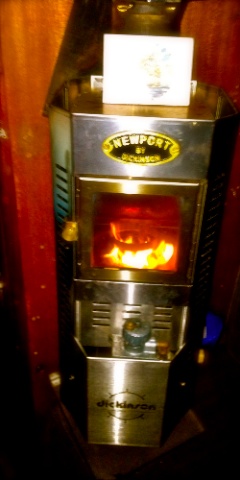
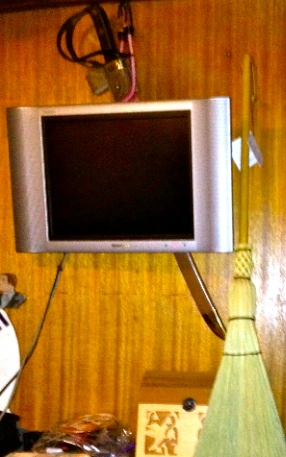 One of the owners was busy making brooms but took time out to ring my purchase up. She didn't look at all witchy in the old fashioned sense. No hooked nose. More like the pretty "Bewitched" witch if anything.
One of the owners was busy making brooms but took time out to ring my purchase up. She didn't look at all witchy in the old fashioned sense. No hooked nose. More like the pretty "Bewitched" witch if anything.
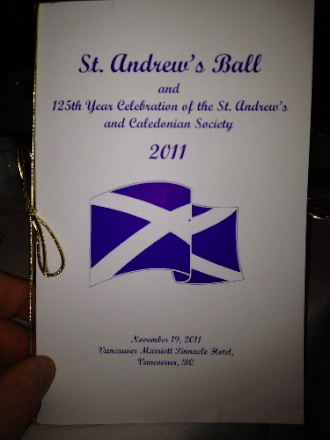 ing the dinner.
ing the dinner. 
